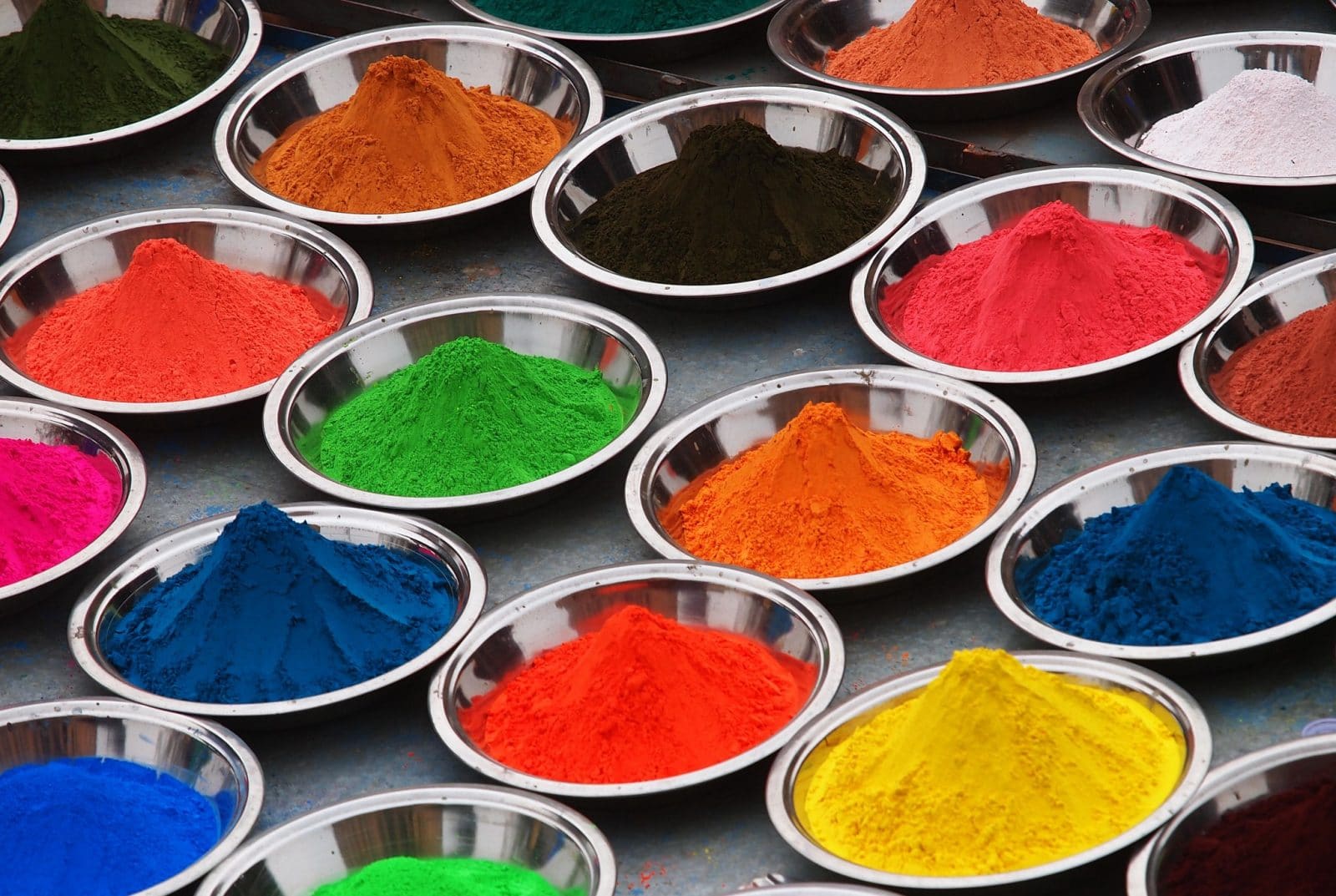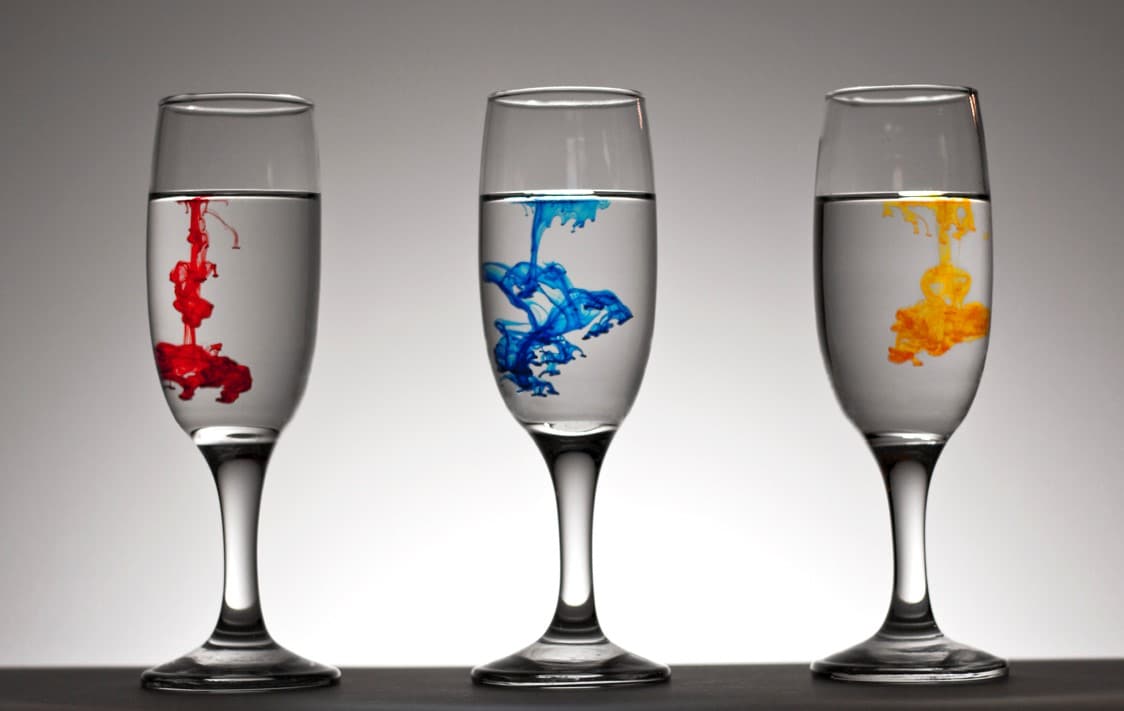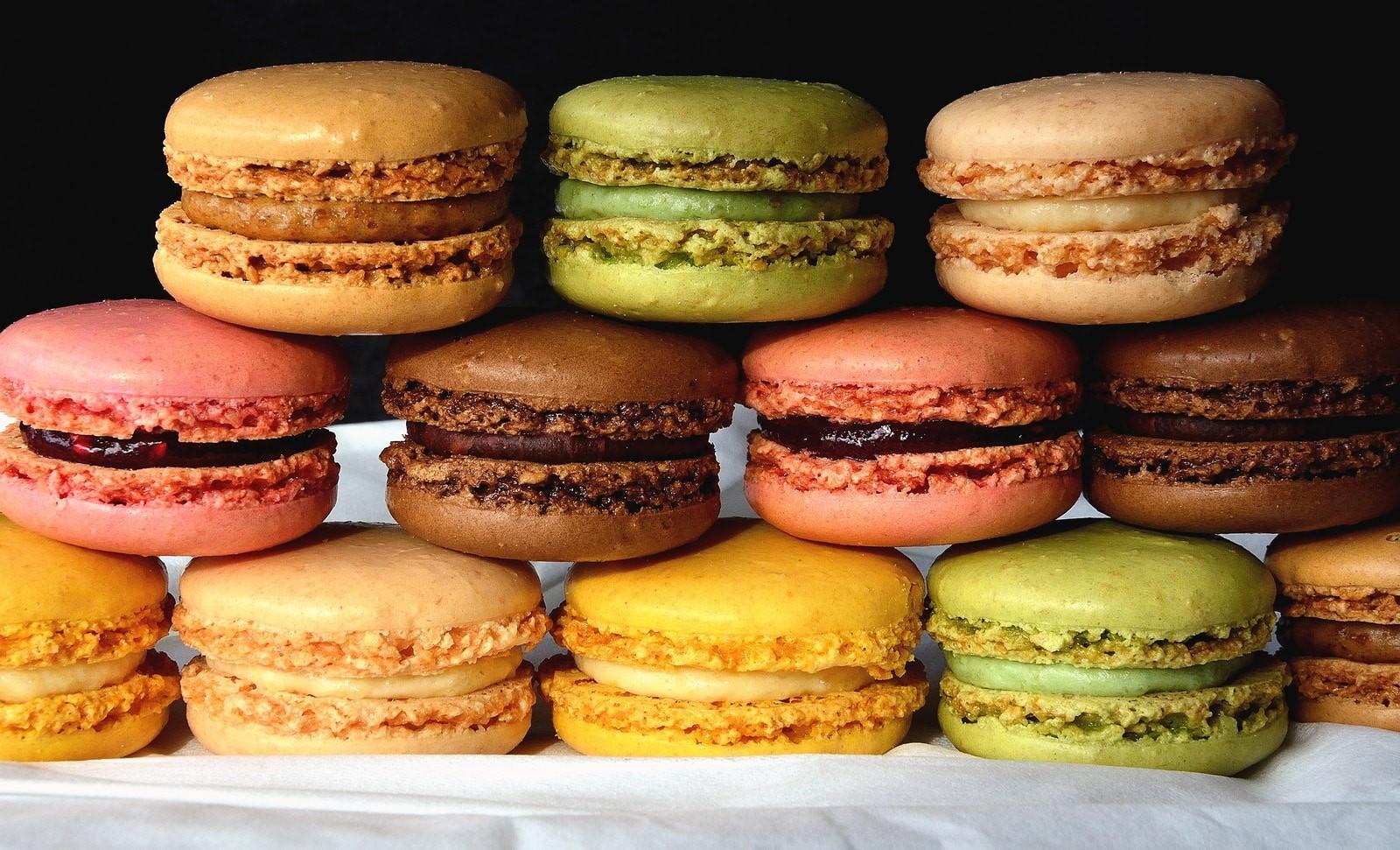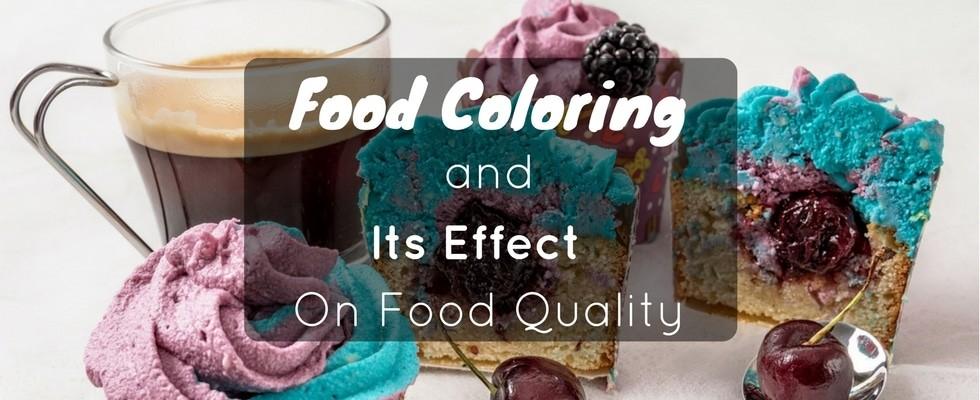The appearance of a dish is very important to boost its desirability. That is why restaurant owners and food business owners hire professional photographers and advertisers to make the appearance of their products look excellent. Have you ever noticed that a menu list on a fast food chain is mouth-watering and is very tempting? It is because appearance brings a great quality to the food. So, this will compel customers to buy some.
There are some debates between consumers and managers about false advertisement. As customers order food and expect the same appearance on the menu, most usually end up getting lower quality than what they expect of. Truly, the appearance of the food affects its quality. Isn’t it so much fun when you eat a rainbow bagel than the ordinary color? The coloring of the food, as well as the appearance, can brighten up a bland menu.

Do you know why kids love colorful pancakes even with a boring maple syrup? It is because they can imagine lots of things with colorful foods. Aside from enjoying eating the foods, they also have the chance to be creative. As per the adults, the color of the food really affects the quality. Imagine you have ordered a mango cheesecake slice, and then you get an orange slice of cake, would you dare eat the cake? Probably, before eating the cake, you are going to ask if the order is correct or if the mangoes used in the cake are over ripe. Even in home cooked vegetable dishes, if the buttered green pea was overcooked, then it will not look very appealing to eat anymore, but if it looks greenish and shiny, you will definitely put some on your plate.
People tend to judge based on the appearance, so basically, when you buy food, your decision can be based on appearance. You can’t just have at least a bite of a food in the supermarket to know if it tastes good; you can only decide to buy it based on its appearance. So, you usually just buy them because your eyes say so. After taking home the food that you bought, this is now going to be the final judgment. Tasting the food is a little bit different than just seeing its quality. Upon tasting, that is the actual moment that you can truly judge if the food indeed tastes good.

What if the food does not taste good but looks appealing? At this point, you might end up with a conclusion that food coloring was used to make it appear tasty. If you are going to analyze your decision in buying food, maybe around 60% of your decision-making is triggered by the appearance and the other 40%, maybe includes the price, the texture and the freshness.
As you can see, appearance is a big factor in your decision. This is not ideal as you could end up wasting money over a food product you can't dare to finish. In this article, you will learn of the different food coloring and how they affect the quality of food. At the end of this article, you can be better aware whether to continue buying artificially colored food or not.
What is a Food Color?
A food color is an additive to a food that will help enhance its current state. A food color can be categorized as either a dye or a lake. A dye can be in any form of liquid, powder and granules while the lake is the water insoluble form. A Dye is commonly used in basic commodities that you usually see in the supermarket. Dye is stable depending on its use.

On the other hand, if you need a more stable food color, a lake is what you should be looking for. Dye is often used in pudding, yogurt, dry mixes, dairy products and beverages. While Lake can be used in cakes, candies, cheese and doughnuts.
What is the Origin of Food Color?
There are two types of food color: one is natural and the other is artificial. Natural foods can produce food color that is used in some foods such as turmeric, which can produce a bright yellow food color, annatto seeds for red-orange food color, sugar beets for purple and green leafy veggies for green.
In the early age, artificial food coloring is synthesized from coal tar, but now they use petroleum based substances. Each color uses a different substance.

What are the Approved Food Colors?
- FD & C Blue No.1- (blue) Brilliant Blue FCF,E133, made from coal tar which cannot be digested by our body. If you notice that you are having green poop, then you have most likely consumed foods that have this color. There are some European countries that ban this color due to some research that is linking this color to asthma, allergies, and even ADHD.
- FD & C Blue No.2- (dark blue) Indigotine,E132, this is a plant-based food color. Just like the previous one, this color is also linked to allergies and ADHD.
- FD & C Green No.3- (turquoise) Fast Green FCF,E143, this color is not usually seen in the market but commonly used in candies. It is banned in Europe and has been linked to gastrointestinal tract irritation and even to testicular and bladder cancer.
- FD & C Red No.40- (red) Allura Red AC,E129, made from either coal tar or petroleum based substance. This color has also been banned from some European countries due to the diseases linked to this color such as asthma, allergies, ADHD, migraines and even cancer. This color is usually used in sausages.

- FD & C Red No.3- (pink) Erythrosine, E127 , this color is partially banned and further investigation is still ongoing. This has been linked to cancer. This color is usually used in chewing gums.
- FD & C Yellow No.5- (yellow) Tartrazine, E102 , made from coal tar. It is also banned from some European countries due to the severe allergic reactions reported that are associated to this color. It is most commonly found in cereals and candies.
- FD & C Yellow No.6- Sunset Yellow FCF. E110 (orange), made from petroleum-based substances. It is also banned from some European countries because it was linked to allergies, even to ADHD and cancer.
What are the Harmful Effects of Food Color?
There are many harmful effects of food color such as cancer, ADHD, asthma, allergies from mild to severe. It is even more dangerous for infants and children to take these. As a matter of fact, there are some European countries that ban even the FDA approved food color additives.

How does it Enhance the Food Quality?
Food color enhances the quality of food because according to some psychologists, we choose food based on its appeal to our eyes. If you don’t agree with this statement, you can make a simple experiment. Go to the nearest supermarket and do your regular grocery, regardless of what you need, pick some unfamiliar things that you want to eat.
After paying for them, evaluate why you buy them and check for the appearance. You will realize that your shopping is mostly based on the color of the food that you buy, without minding too much about how it could actually taste.
You might also like : Flowers In Your Garden You Can Actually Eat

